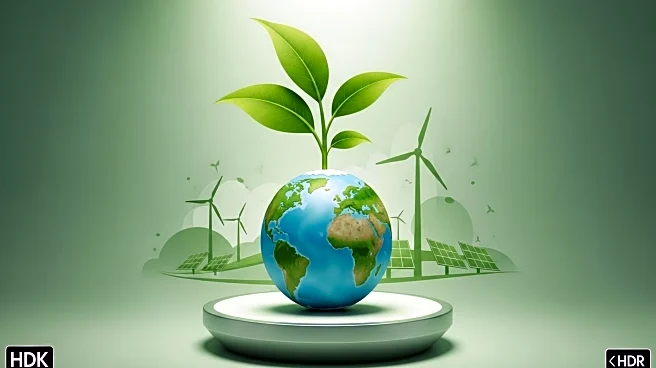What is the story about?
What's Happening?
Researchers from the University of Tokyo have developed a statistical method to improve flood risk projections across 70% of the Earth's landmass. By expanding the sample size of climate scenarios and merging data from different socioeconomic pathways, the method increases the accuracy of flood risk predictions. This approach reveals that flood risks are broadly similar across socioeconomic pathways under the same level of global warming, offering policymakers new insights for adaptation strategies.
Why It's Important?
Accurate flood risk predictions are crucial for regions vulnerable to extreme rainfall and climate change. This new method provides reliable information that can guide policymakers in developing effective adaptation and preparedness strategies. By focusing on warming levels rather than time-based predictions, the approach aligns with climate policy targets set by the Paris Agreement, potentially leading to more informed and proactive measures to mitigate flood risks.
What's Next?
The method is expected to be widely adopted for predicting flood risks, providing actionable information to prepare for climate change effects. Policymakers may use these insights to implement infrastructure improvements and community preparedness plans. Additionally, further research could explore the applicability of this method to other climate parameters, enhancing overall climate resilience strategies.
Beyond the Headlines
The method's focus on warming levels rather than time-based predictions raises questions about its applicability to other climate parameters. Rapid warming could affect ecosystems differently than gradual scenarios, highlighting the need for comprehensive climate models. The ethical dimension involves ensuring that flood risk information is accessible to all communities, particularly those in vulnerable regions, to support equitable adaptation efforts.
AI Generated Content
Do you find this article useful?














